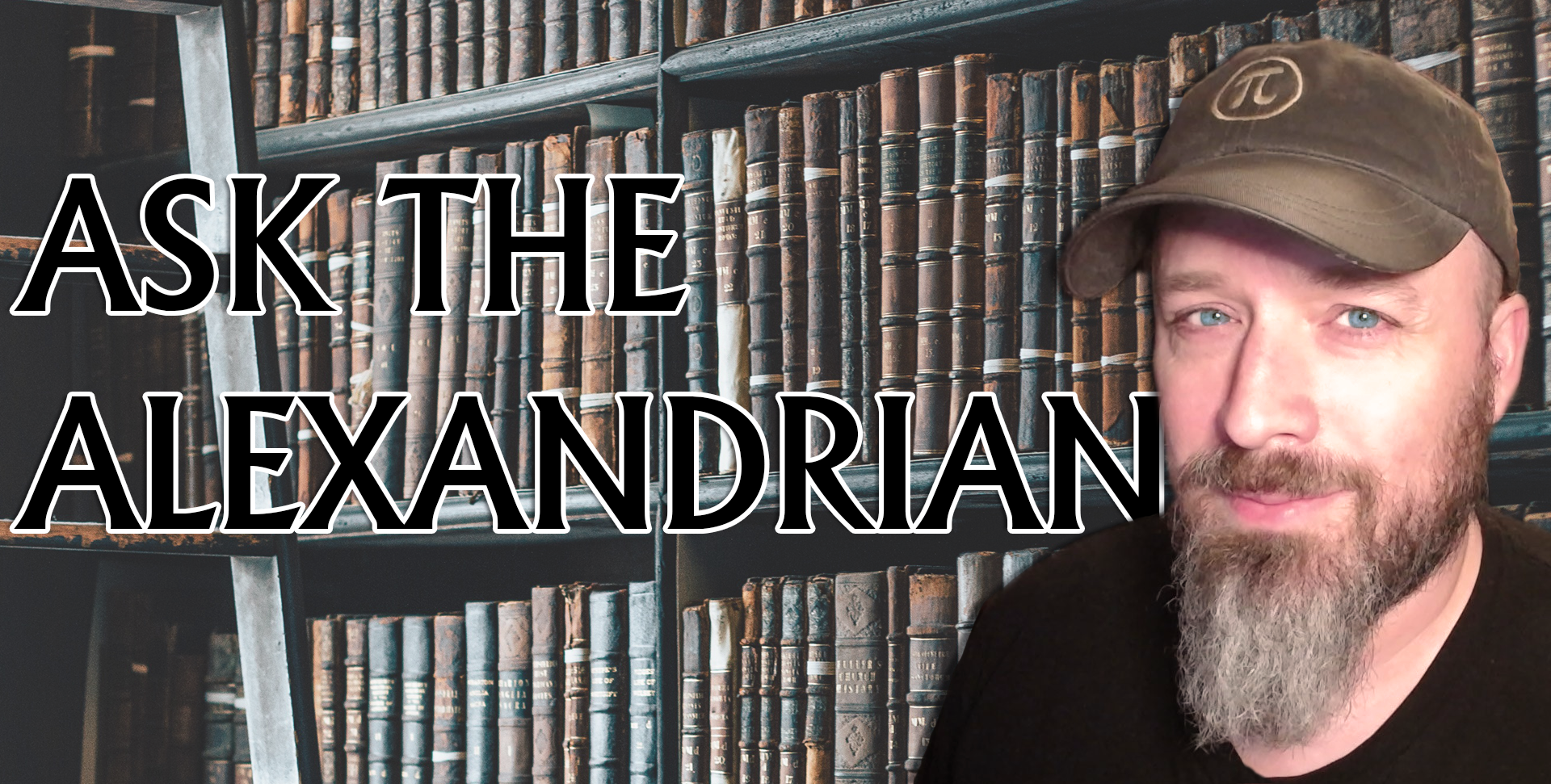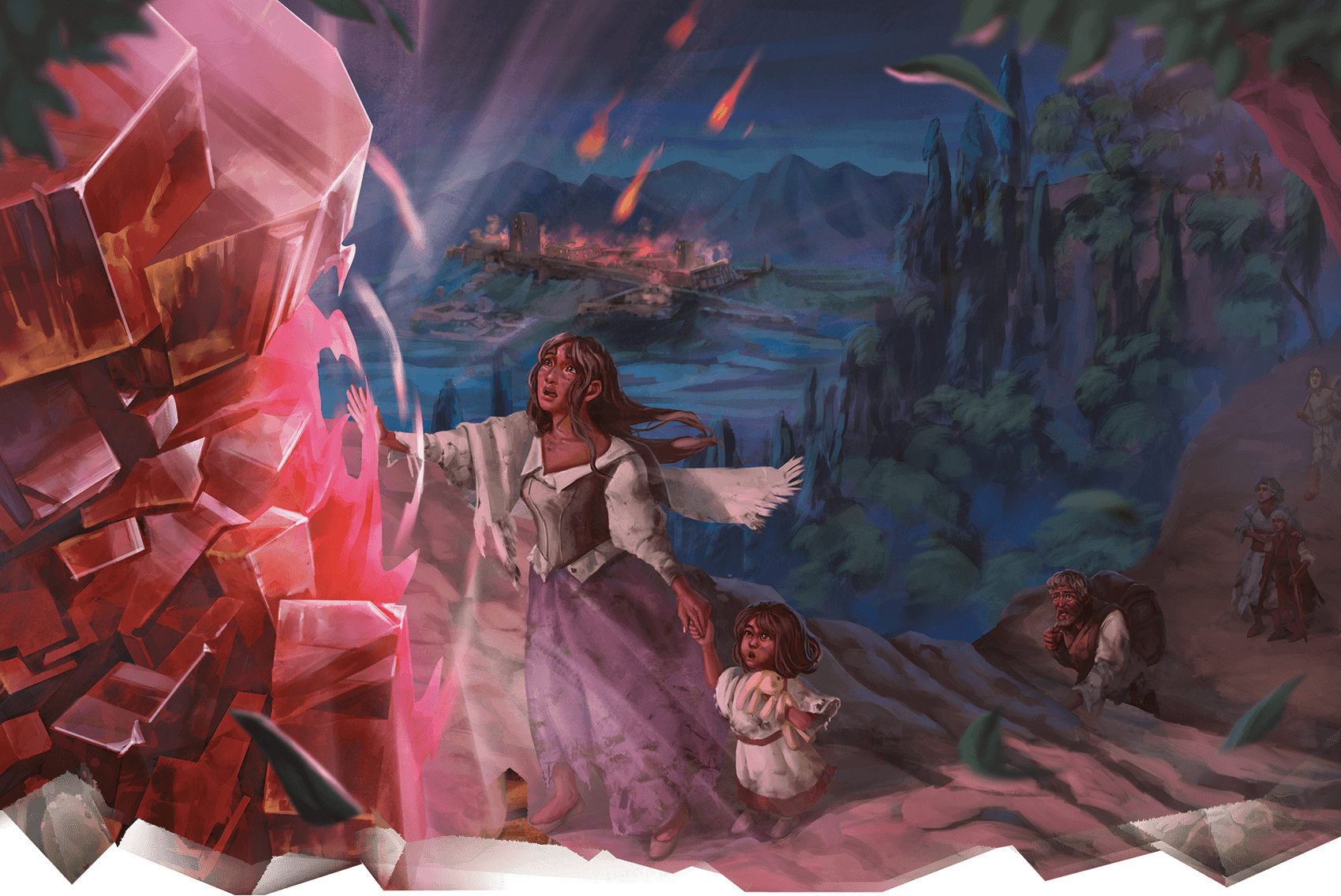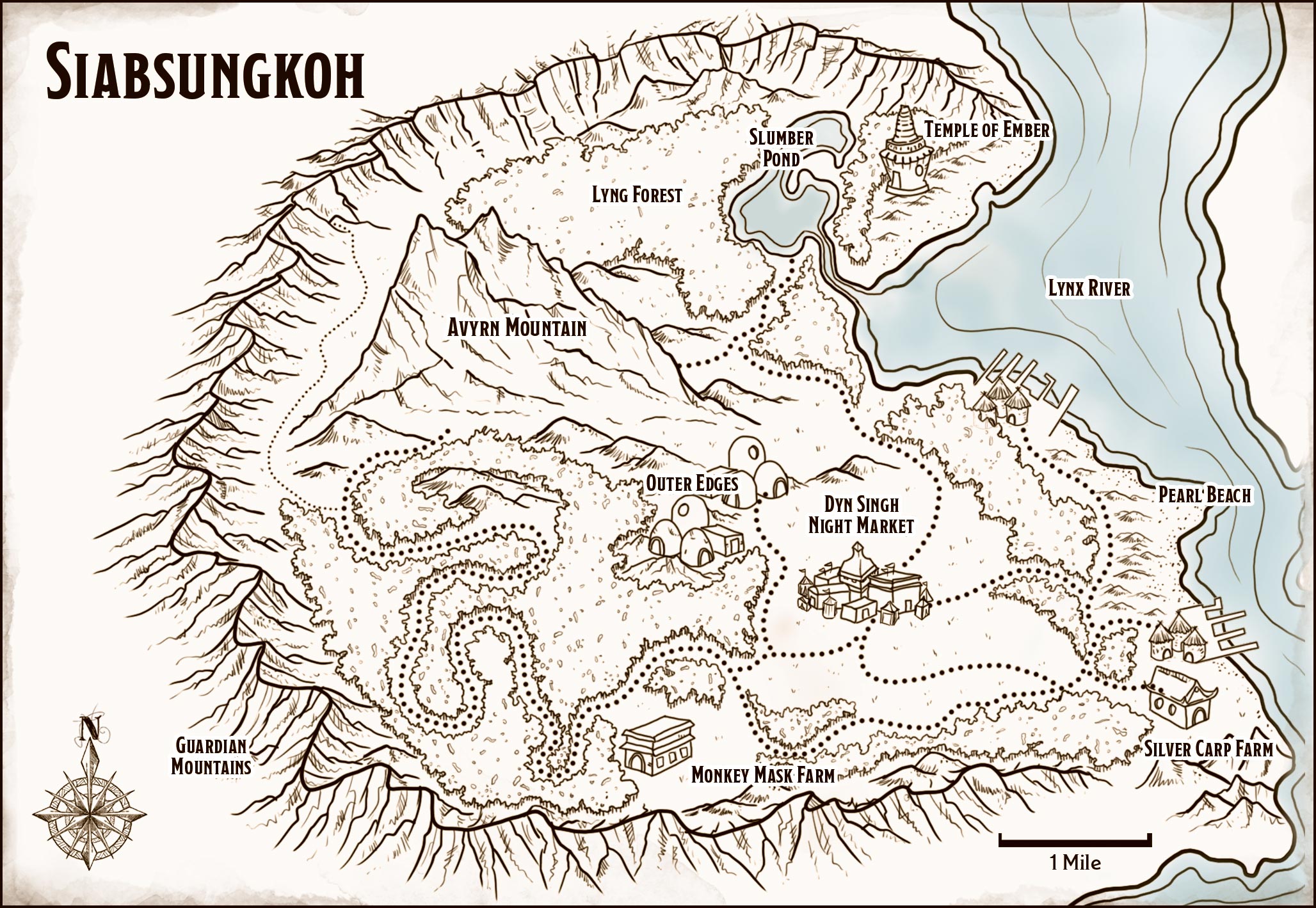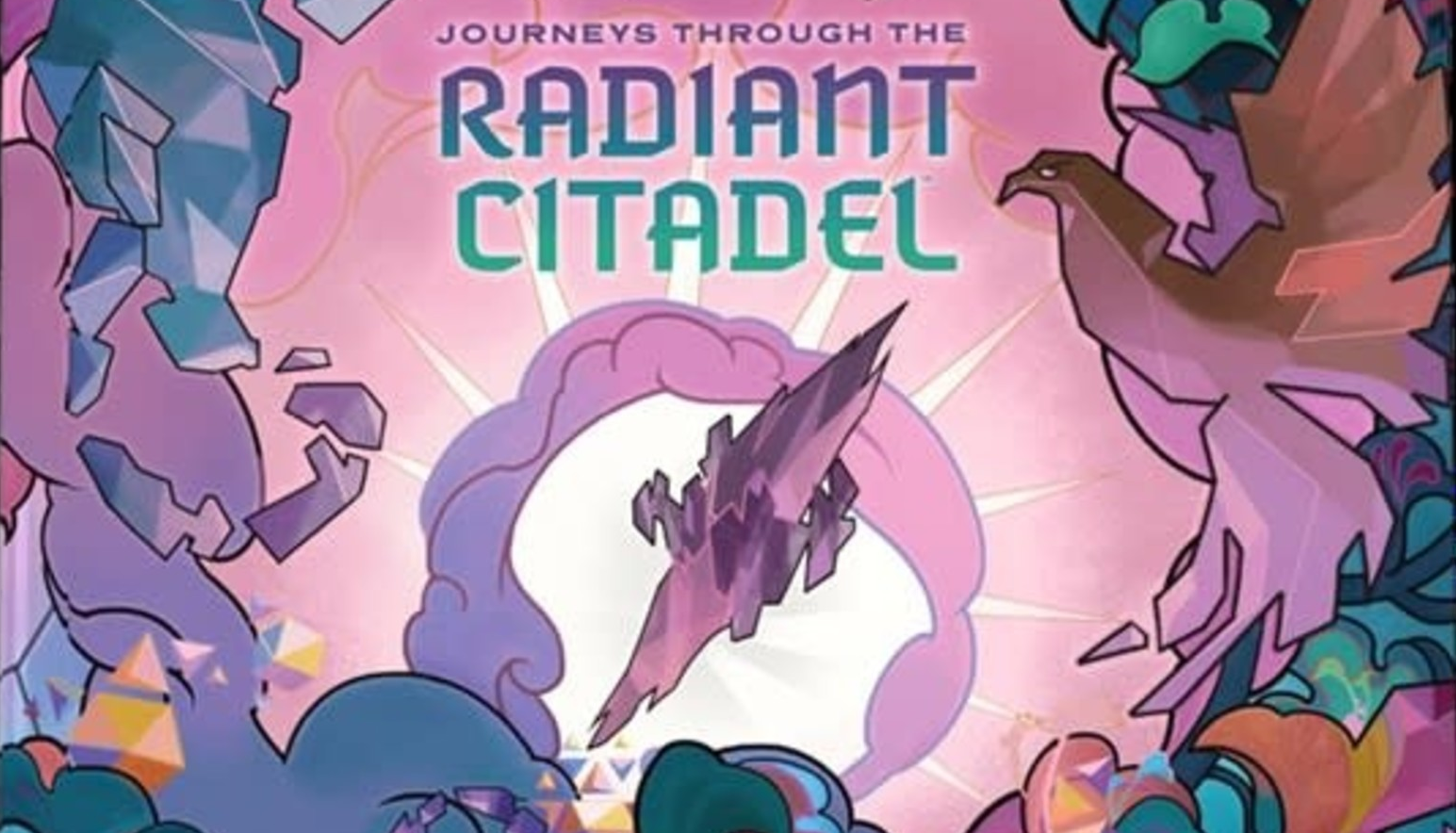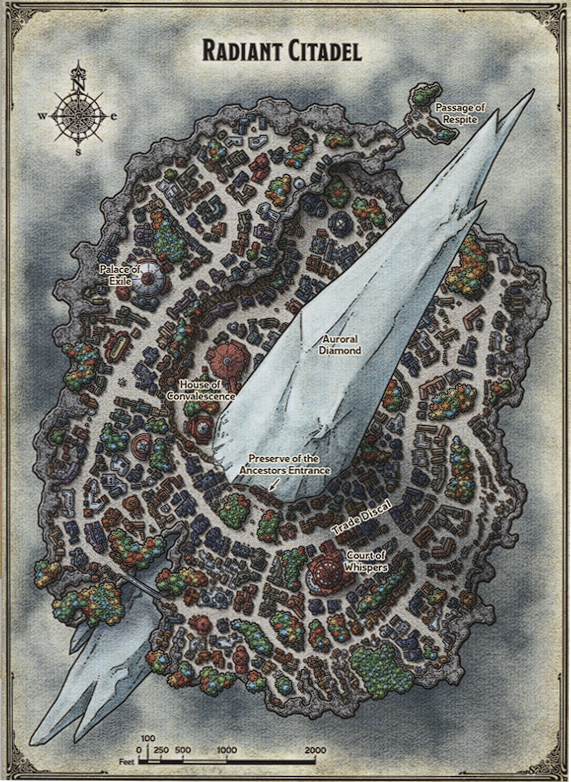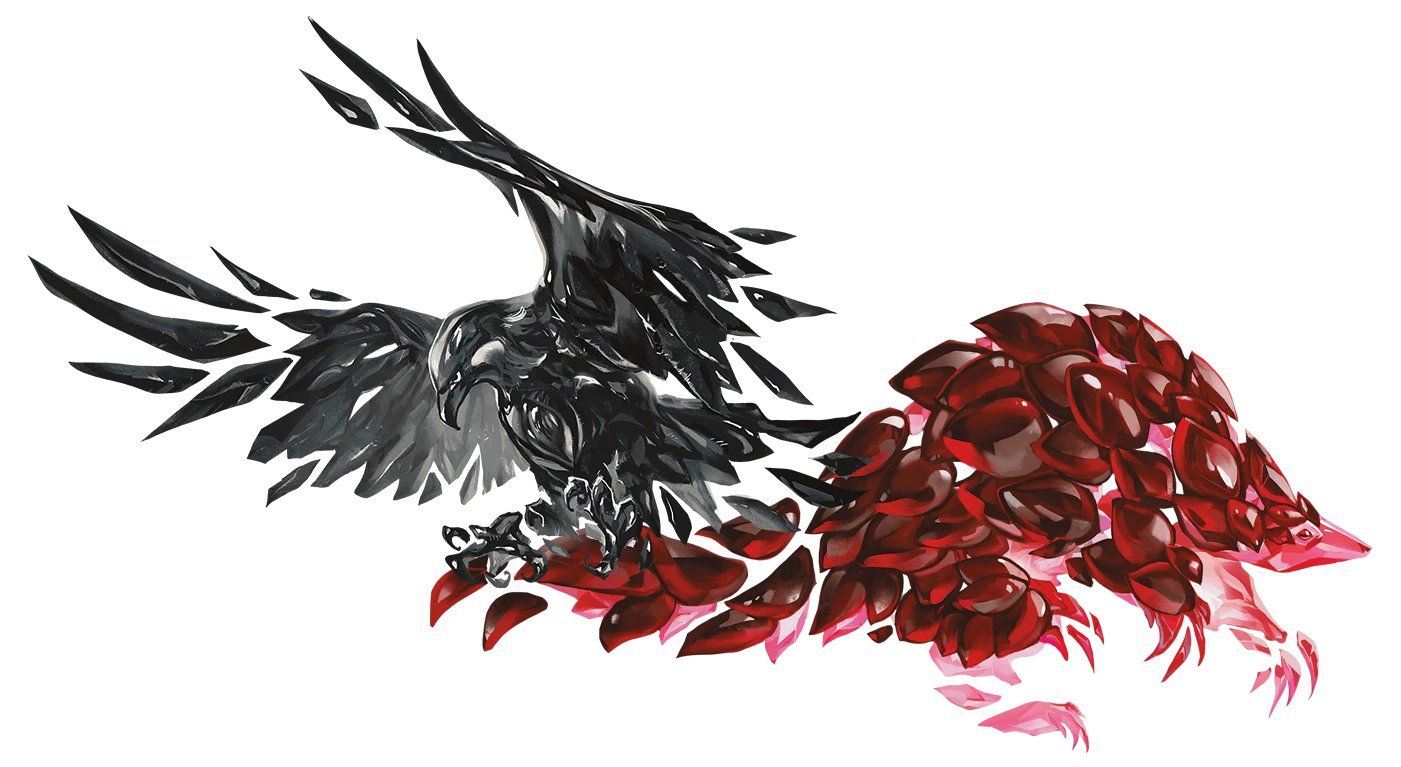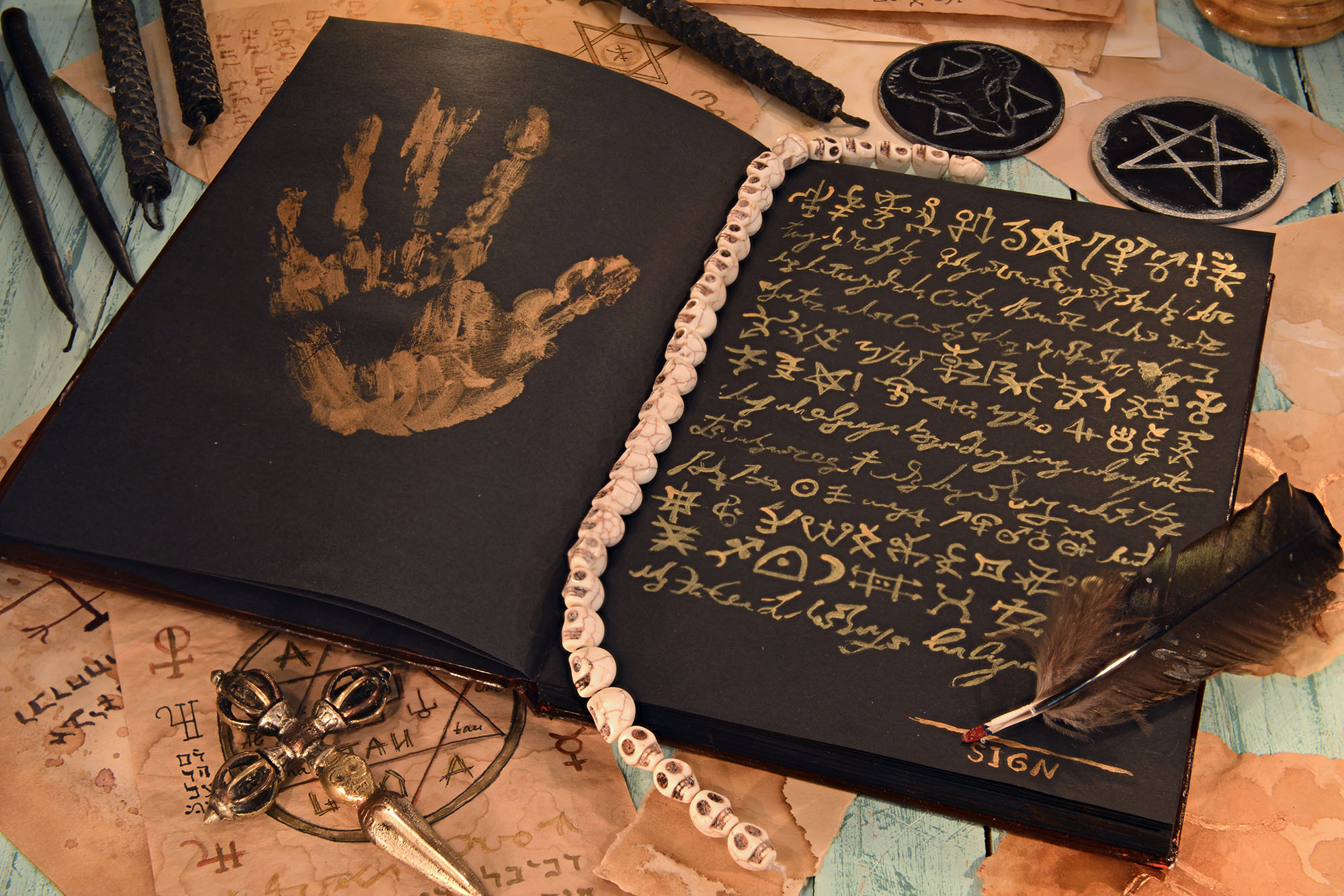
In the Brief History of the Open Gaming License, we discussed how the Open Gaming License (OGL) works and how it has impacted the RPG industry and hobby since its introduction in 2000. If you’re unfamiliar with the OGL, you may want to check that essay out first.
One thing I didn’t touch on in that essay is a meme which has grown particularly more popular over the last few weeks as it’s become clear that Hasbro is, once again, planning to abandon the OGL. It goes something like this:
You can’t copyright game mechanics, therefore you don’t need to use the OGL to publish D&D-compatible supplements or games based on D&D.
In its most vituperative forms, this meme will even go so far as to claim the OGL offers absolutely nothing of value to creators and that the whole thing is just a huge scam cooked up by Wizards of the Coast.
Is this true?
First things first: I am not a lawyer and nothing in this essay should be construed as legal advice. But I do have a couple decades worth of experience working with the OGL, so take what I say here with however much value you put in that.
As for the claim, it is… somewhat true. (And we’ll talk about why it’s true.)
But most of the time when I see it online, I think it is usually misleading and, more often than not, completely wrong.
So, right up front, let me be clear: If you’re planning to dance this dance, get an IP lawyer to review literally everything you publish.
One last thing: I’m going to be discussing things primarily from the view point of U.S. copyright and trademark laws. If you’re not in the U.S., some of this might still apply. More likely it won’t. So, again: Get an IP lawyer.
WHAT YOU GIVE UP: CLAIMING COMPATIBILITY
Let’s start by talking about what legal rights you give up if you choose to publish a book with the OGL: The ability to claim compatibility with D&D.
It’s a long-established tenet of U.S. law, supported by Supreme Court decisions, that you have the right to indicate compatibility with a third-party product in your advertising and product labeling. (For example, if you produced a replacement carburetor compatible with Ford Mustangs, you could use Ford’s trademarks to indicate that.)
So, insofar as you have the right to publish D&D-compatible books (which is, of course, the question we’ll be looking at in more detail below), trademark law would allow you to say, “This book is compatible with Dungeons & Dragons®.”
If you use the OGL, however, you specifically agree to NOT do that:
7. Use of Product Identity: You agree not to Use any Product Identity, including as an indication of compatibility, except as expressly licensed in another, independent Agreement with the owner of each element of Product Identity. You agree not to indicate compatibility or co-adaptability with any Trademark or Registered Trademark in conjunction with a work containing Open Game Content except as expressly licensed in another, independent Agreement with the owner of such Trademark or Registered Trademark.
It’s also possible that if you use Open Game Content from other publishers, that their declarations of Product Identity could also prohibit you from using other material you would otherwise have a legal right to use.
A couple things to keep in mind, though.
First, claiming compatibility with third-party trademarks is more legally fraught than this simple summary might suggest. There are very specific and very nuanced legal guidelines about exactly what you are and are not allowed to do, and if you step over those lines… well, say hello to Hasbro’s lawyers, because they’re legally mandated to protect their trademarks at risk of losing those trademarks.
(Although that, too, is a pithy legal aphorism which is more complicated than the simple statement would suggest. Honestly, “more complicated than a simple statement would suggest” is just the way the law works.)
Second, the inability to use Hasbro’s trademarks to indicate compatibility has historically been largely irrelevant. D&D is such an insane juggernaut in the RPG industry that all I need to say is “5th Edition” and you instantly know that I’m talking about the 5th Edition of D&D — not Call of Cthulhu or Shadowrun or Vampire: The Masquerade.
This means that publishers can just stick “Compatible with 5th Edition” or even just a big ol’ “5E” on their cover, and everyone knows exactly what they’re talking about. Hasbro can’t (or, at least, doesn’t) own a trademark on something so generic as “5th Edition” or “5E,” so there’s absolutely no reason for anyone to dip their toes into the sticky legal morass of claiming compatibility.
Now, with that being said, there are also some signs that Hasbro is looking to make this more difficult. For example, some variety of “For Use with the Oldest/Most Popular/Greatest Roleplaying Game!” has also been frequently used on OGL books. But with the release of Spelljammer earlier this year, Wizards of the Coast claimed THE WORLD’S GREATEST ROLEPLAYING GAME™ as a trademark for the first time.
Is that similar enough to THE WORLD’S OLDEST ROLEPLAYING GAME that Hasbro’s lawyers could claim trademark confusion? Maybe. I have no idea. Get an IP lawyer.
The title of “OneD&D” itself is, most likely, a development title just like “D&D Next” was during the playtesting period for 5th Edition. But, notably, “OneD&D” is also highly resistant to any kind of generic “Compatible with 3.5” or “5E” labels. Yes, it’s likely that people will still refer to the new game as “6th Edition” regardless, but if Wizards were to push hard on an alternative label (whether that’s OneD&D or something else) it could very possibly affect the perception of the average D&D consumer (who doesn’t actually know anything about the OGL).
THE BASICS
Okay, let’s talk about some basics.
Copyright is a form of intellectual property that gives the creator of a work the exclusive right to copy, distribute, adapt, display, or perform it. It’s very, very complicated. In terms of RPGs, you can mostly think of it in terms of the publisher owning the words and pictures in the book. Under modern law, copyright does NOT have to be claimed; a creator has copyright in their work as soon as it is “fixed” in a tangible medium (i.e., written down), but registration offers legal benefits.
Copyright is given legal protection because it encourages the creation and sharing of new works. (Without copyright, those who invest time and money into creating new things would be less capable of marketing them competitively compared to someone who just xeroxes them.)
Trademarks are a different form of intellectual property right. They are signs, designs, or expressions that uniquely identify products or services from a particular source. In terms of RPGs, you can mostly think in terms of logos, brand names, corporate names, and, in some cases, the title for a series of books. (But not the titles of individual books.)
Trademarks exist in order to legally protect consumers from fraudulent claims. Trademarks can be either unregistered, in which case they’re indicated with the ™ symbol, or registered, in which case they appear with the ® symbol. Registration offers a number of legal benefits and advantages, but despite what you may have heard from dubious sources, both registered and unregistered trademarks can be legally enforced.
Public domain refers to creative works which are not protected by intellectual property laws. For our purposes, you can mostly think of this as “stuff that could be copyrighted if it was created today, but was created so long ago that it’s no longer protected by copyright.” (This is vastly simplified, but, as I say, it will suffice for our discussion here.)
Game mechanics cannot be copyrighted. (They can be patented, but, thankfully, we can ignore that because Hasbro has never claimed any patents for D&D’s mechanics.) You CAN have copyright in:
- The specific expression of those mechanics (i.e., the specific words used to explain them).
- The artwork, visuals, layout, etc. of the rulebook.
To take a fairly uncontroversial example relatively unladen with complications, imagine that you created a brand new card game using a standard 52-card deck and wrote down the rules for it in a plain text document. If I simply copy-pasted your rules and then distributed them to other people (whether for money or not), it’s extremely likely that I would have violated your copyright of the specific expression of those rules (i.e., the words you used). But if I instead rewrote your explanation of the rules, even if I didn’t actually change anything about how the game was played, I would almost certainly be just fine.
(I say “extremely likely” and “almost certainly” because it would still depend on the specific words used in both cases. Get an IP lawyer.)
DERIVATIVE WORKS
Now, here’s where it gets tricky, particularly in combination with the laws regarding game mechanics:
Copyright is not limited to the specific words on the page.
It also covers the creation of derivative works.
The specifics here are vast, complicated, nuanced, and explicitly uncertain in the annals of the law. (Get an IP lawyer.) But if you want to try to grok this, I find a couple of court cases useful.
First, in Nichols v. Universal Pictures Corp. (1930), Judge Learned Hand ruled that it’s “essential to any protection of literary property [that] the right cannot be limited literally to the text, else a plagiarist would escape by immaterial variations.” In other words, if you could just take The Lord of the Rings, change the name “Frodo” to “Grodo,” and legally publish it, then copyright would be meaningless.
Notably, in this specific case, the plaintiff still lost, because the elements taken from their work were not specific enough to be protected (they “went into the public domain”). But even Judge Hand was uncertain where the line might actually lie: “But we do not doubt that two plays may correspond in plot closely enough for infringement. How far that correspondence must go is another matter. Nor need we hold that the same may not be true as to the characters, quite independently of the ‘plot’ proper, though, as far as we know, such a case has never arisen.”
The second case is Anderson v. Stallone (1989), in which Timothy Anderson wrote a treatment describing the plot of a hypothetical Rocky IV and showed it to film executives and Stallone himself. Anderson was ultimately not paid for his work, even though he claimed that the final version of the film was substantially similar.
Judge William D. Keller, in his decision, determined that the similarities were irrelevant because Anderson’s work had not been authorized by the copyright holders. Therefore, it was an unauthorized derivative work, and not protected by copyright.
There’s a bunch of stuff going on in this case, but the key thing for our purposes is why the work was derivative: It wasn’t because Anderson copied the words or plot of previous Rocky films. It was because he used the characters from those films, and Judge Keller ruled that those characters were, in and of themselves, protected by copyright.
(This is half of the reason why, for example, you’ll see authors and publishers often saying, “Do not send me unsolicited stuff, particularly if it features my characters or worlds.” It gives them legal protection from someone saying, “Hey! You copied my fan fiction!”)
At this point, I do feel the need to point out that my relatively simple presentation of Nichols v. Universal Pictures Corp. and Anderson v. Stallone may have created an overly simplistic understanding of the legal issues involved here. The determination that Rocky Balboa, for example, was a protected character involved applying multiple legal tests, which I have not even begun to describe here. (And am almost certainly incapable of doing so accurately.) And that’s just characters: Jabba the Hutt is probably protected, but why is Pizza the Hut okay? Is Tatooine protected, or is it actually derivative of Arrakis? Can you use a Rancor monster in your fantasy setting? What if you call it a Bangkor monster from the planet Rathomir in a science fantasy story?
My point is that (a) copyright can absolutely protect fictional creations independent of their specific expression and (b) the determination of whether a specific fictional creation has ANY protection and whether a specific work is or is not derivative are both extremely non-trivial.
THE JEDI TEST
So let’s bring this back to D&D.
If D&D were like a basic card game with rules written in plain text, then it would be simple. You can’t copyright mechanics, only the text describing those mechanics. Therefore, as long as you don’t copy-paste text from a D&D book, you can publish D&D-compatible adventures.
But, unfortunately, it’s not that simple. To quote the Copyright Office’s fact sheet on game design:
Once a game has been made public, nothing in the copyright law prevents others from developing another game based on similar principles. Copyright protects only the particular manner of an author’s expression in literary, artistic, or musical form.
Material prepared in connection with a game may be subject to copyright if it contains a sufficient amount of literary or pictorial expression. For example, the text matter describing the rules of the game or the pictorial matter appearing on the gameboard may be registrable.
If your game includes any written element, such as instructions or directions, the Copyright Office recommends that you apply to register it as a literary work. Doing so will allow you to register all copyrightable parts of the game, including any pictorial elements.
Here we arrive at the heart of the matter. The “literary expression” of a game is protected. And, as we’ve just seen, the literary expression isn’t just the specific words on the page: It can include plot, characters, and even fictious settings.
To wrap your head around this, I find it useful to think about what I call the Jedi Test:
- A large number of Star Wars board games have been published.
- Some of these board games include Jedi.
- Does this mean that Jedi aren’t protected by copyright and you could, at the very least, publish a board game featuring Jedi?
Obviously not, right?
D&D AND THE PUBLIC DOMAIN
Okay, so you can’t publish an RPG with Jedi in it just because “game mechanics can’t be copyrighted.” But D&D has elves and dwarves and fairies and wizards. Those are in the public domain, right?
Probably. Well… depending on what you mean, exactly.
Sure, elves have been in fairy tales for centuries, and that means they’re in the public domain. But there’s definitely a point at which specific elves are no longer in the public domain.
Even Tolkienesque elves have percolated through the culture so widely that it would be difficult to imagine anyone successfully claiming copyright on them (assuming that they ever could have, which is uncertain). But if you write a story with Tolkienesque elves living in Rivendell and Lothlorien, then it’s quite plausible that the Tolkien Estate will come knocking. If your elves are named Elrond and Galadriel and Celeborn and Legolas, then even I (who am, I must insist, not a lawyer) feel pretty confident in declaring that you’ll lose that court case.
Somewhere between “elf” and “Galadriel of Lothlorien,” a line was crossed.
Where was it crossed? I don’t know. Arguably, no one does. There’s a clearly safe zone around “generic elf” and an almost certainly NOT safe zone around “Galadriel of Lothlorien, wife of Celeborn, daughter of Finarfin, bearer of Nenya,” but the exact point where you transitioned into copyright infringement could probably only be hashed out in an actual court case.
And this is further complicated by the fact that the protection afforded to a fictitious setting is, by its very nature, dependent on a combination of elements. So even if it were okay to use “Galadriel of Lothlorien” (and I must emphasize that this is a purely hypothetical scenario), it might not be okay to do so if you also had dwarves from Moria.
What probably goes without saying, of course, is that D&D elves (and dwarves and centaurs and harpies) likely exist on a similar scale: They’re based on a public domain root, but at some point their specific implementation within the lore of D&D becomes protected by Hasbro’s copyright. And if you cross that line in your D&D-compatible book, then you’ll be creating a derivative work and you will be in violation of the law.
It’s even likely that all of this becomes even more complicated if you choose to actually invoke that compatibility (with or without a trademark). To return to our Jedi test, imagine publishing a game that says COMPATIBLE WITH STAR WARS on the cover. Even if everything within the book is generic enough to remain within the public domain (you don’t actually include “Jedi,” for example, just mystic space monks), does the fact that you put “STAR WARS” on the cover inherently make your literary expression derivative of Asmodee’s literary expression of the licensed Star Wars universe and IP?
Maybe.
As far as I know, there’s no court case that has decided anything remotely like that. So people can speculate, but there’s no way to actually know.
And the same logic could easily apply to saying COMPATIBLE WITH D&D, with the declaration pushing material that would otherwise not be derivative into a derivative status. Would it actually push the line? And, if so, how far would it push it? Again, nobody really knows. There’s no legal precedent.
MECHANICS DESCRIBING SETTING
It’s also quite possible that copyright around roleplaying games is even more complicated than that. Because unlike, say, Star Wars Monopoly, where labels from the Star Wars universe are hung over fairly generic mechanics (e.g., squares on a board or faux currency), the mechanics of a roleplaying game are explicitly designed to describe a fictitious setting.
Drizzt’s stat block, for example, is a set of mechanical elements that are designed to describe that specific character. (As opposed to a different set of mechanical elements which would describe a different dark elf character.)
The key question in terms of RPG copyright, which has never been answered, is the degree to which the mechanics actually describe the world and, therefore, ARE protected by copyright.
We know that they certainly are to at least some degree: You can’t make a game with a Jedi in it just because there are games that have mechanics labeled “Jedi.” Maybe you could just remove the word “Jedi” and put a different label on the mechanics? But the key word there is “maybe,” because even if we ignore the issue of game mechanics, there’s a point where your “generic Jedi” is generic enough (in film or book or RPG) to no longer be protected by copyright, but also a point where your not-Jedi definitely are NOT generic enough. Where on the scale do these specific game mechanics fall?
CONCLUSION
My point here is that this line between “protected” and “not protected” in D&D exists for every single race, every single class, every single stat block.
Take the Jedi test and repeat it for every single element in the game. And don’t get it wrong even once, because if you do, Hasbro wins the court case.
Which, ultimately, brings me full circle:
Yes, you can publish generic, D&D-compatible supplements without using the OGL.
But if you do: Get an IP lawyer to review literally everything you publish.
Now, it can certainly be argued that you should have an IP lawyer even if you’re relying on the OGL. But what the OGL does is largely sidestep most or all of the issues we’ve just been discussing: If it’s in the SRD, and has been declared open content by Wizards of the Coast, then you don’t have to guess where the line may or may not be. It’s very clearly defined, and the very existence of the license would likely give you a much broader benefit of the doubt in any court case.
Plus, there’s stuff in the SRD that you almost certainly couldn’t use without it. (Or, at the very least, would be taking a very large risk to do so.) Tieflings, for example.
So if someone tells you that you don’t need to use the OGL… well, maybe they’re right.
But if they’re telling you it’s simple, clear-cut, and settled law? Get a second opinion.
From an IP lawyer.
